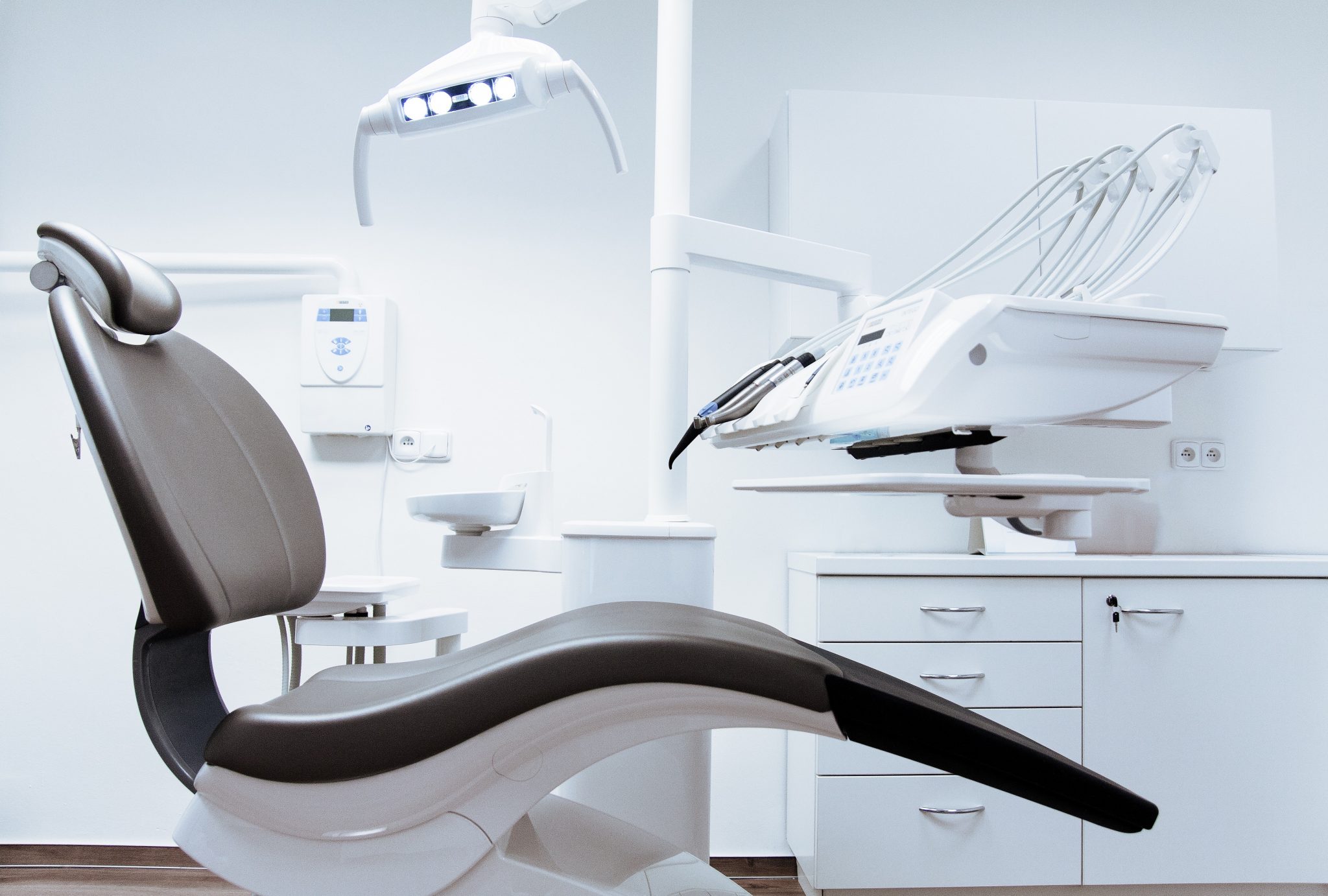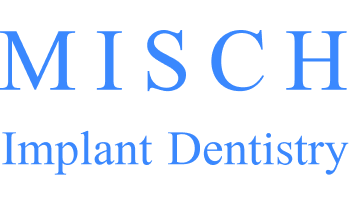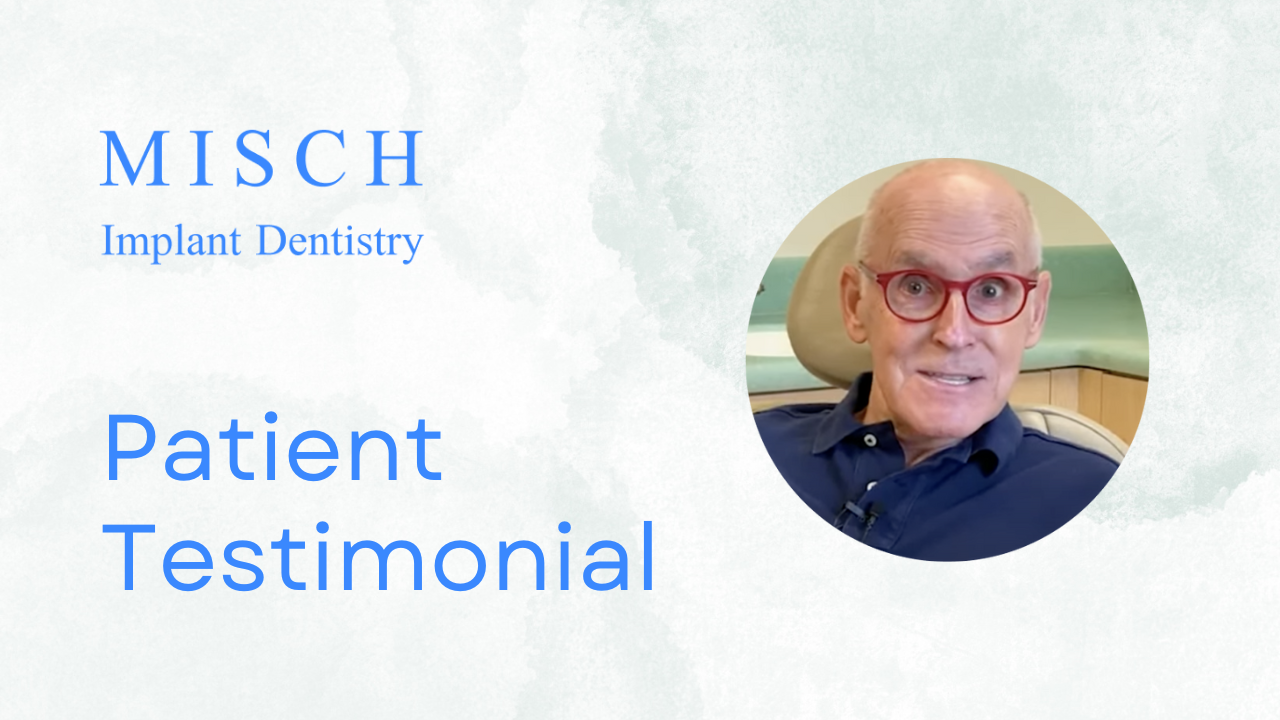
Revamp Your Damaged Teeth
Though there’s no need to be embarrassed by cosmetic dental concerns such as chipped or cracked teeth, tooth gaps, or discoloration, it’s perfectly natural to desire a flawless smile. Dental bonding provides a dependable and relatively cost-effective solution for rejuvenating damaged teeth and enhancing tooth color in a single, non-invasive session.
Our dental bonding technique, also referred to as composite bonding, employs a composite resin to refurbish teeth. This composite material is durable and flexible, reducing the risk of breakage. The outcome is a brighter, revitalized smile, all without the necessity of more expensive procedures like veneers.
How Does Dental Bonding Stack Up to Other Cosmetic Dental Treatments?
Misch Implant Dentistry offers several cosmetic dental options, including veneers, dental crowns, and teeth whitening. These options work great for dental issues requiring more extensive treatment. But for issues like minor chips and cracks, dental bonding offers several advantages.
Quick and Painless
Unlike more extensive cosmetic dental procedures such as crowns or dental veneers, which frequently involve some level of tooth alteration or drilling, dental bonding typically requires minimal to no removal of tooth material. This makes the bonding procedure nearly entirely non-invasive in most cases.
Low Cost
The cost of cosmetic dental treatments tends to rise with the level of invasiveness. Fortunately, dental bonding is largely non-invasive and can often be completed in just one appointment, rendering it a relatively budget-friendly choice
Ideal for Small Repairs
More serious dental issues, like cavities or cracks below the gum, require more extensive dental treatment. For simpler issues, including minor cracks, chips, tooth gaps, or discoloration, dental bonding is the easiest and most elegant solution available.
What to Expect During Your Dental Bonding Treatment
Before beginning your dental bonding treatment, you’ll need to come into our Sarasota dental clinic for a consultation. During this initial exam, your doctor will examine your dental condition to ensure that dental bonding is the best treatment for you. If you look like a good candidate, we’ll schedule your dental bonding procedure.
Preparing the Tooth
Initially, we safeguard the neighbouring teeth by applying a thin layer of plastic known as a dental matrix to the teeth adjacent to the ones undergoing the procedure. This dental matrix serves as a shield, preventing any stray preparation gel or composite resin from affecting nearby teeth. Following this, your dentist will meticulously cleanse and dry the targeted tooth before briefly applying a mildly acidic gel. This step is intended to create a textured surface that enhances the bond’s adherence.
Applying the Composite Resin
After removing the acidic gel and ensuring the tooth is thoroughly dry, your dentist proceeds to apply the composite resin. To achieve a natural and seamless appearance, your dentist selects a resin that precisely matches the color of your teeth. The composite resin is applied in successive layers, and a specialized blue light is employed to cure each layer, ensuring the highest level of strength and durability.
Finishing Touches
To add the finishing touch, our dentist will provide a swift polish to your newly-bonded tooth. The result will appear so natural that you may even have trouble distinguishing it from your other teeth! We’ll document this procedure in your records, ensuring that during your subsequent check-ups, our dentist will pay extra attention to the bonded tooth to assess any signs of wear or changes.
Contact us today
to schedule an initial consultation & exam.
Your consultation will include an examination of everything from your teeth, gums and soft tissues to the shape and condition of your bite. Generally, we want to see how your whole mouth looks and functions. Before we plan your treatment we want to know everything about the health and aesthetic of your smile, and, most importantly, what you want to achieve so we can help you get there.
Frequently Asked Questions









